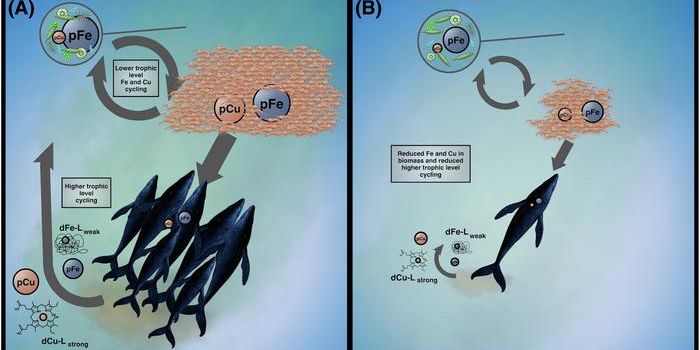Link Found Between Warming Oceans and Shellfish Neurotoxins
While there are many signs that climate change is bad for the planet, yet another reason might have just recently been dug up by National Oceanic and Atmospheric Administration (NOAA) scientists.
According to the team involved with the study, warming ocean waters that are a direct result of climate change might be creating more preferable conditions for harmful (or even deadly) neurotoxins to accumulate inside of shellfish and other fish.
Image Credit: Pexels/Pixabay
This neurotoxin, known as domoic acid, isn’t produced by shellfish, rather it’s produced by certain kinds of oceanic algae. Shellfish, like crabs and muscles, just happen to scoop it up as they go about their ocean lifestyles. When too much of it accumulates inside of them, they become too dangerous for humans to eat.
It’s not exactly great news for seafood lovers, but because it serves as such a threat to human life, seafood connoisseurs and dealers need to take care, paying attention to national advisories for their own safety.
While this toxin is a natural part of life and typically exists in shellfish no matter what, experts are always carefully monitoring the levels of this toxin to ensure that they’re within the safe ranges for human consumption. Whenever the dangerous range is detected, experts issue warnings to fisheries so that toxic fish aren’t caught and fed to human consumers.
On the other hand, being able to predict spikes of the toxin has been a pretty difficult task, but now experts say that warming waters can help increase the levels of this toxin in shellfish, providing a possible model for flagging dangerous levels that could help save many human lives.
In the Proceedings of the National Academy of Sciences (PNAS), lead author of the study Morgaine McKibben from Oregon State University explains, "We describe a completely new method to understanding and predicting toxic outbreaks on a large scale, linking domoic acid concentrations in shellfish to ocean conditions caused by warm water phases of natural climate event cycles like Pacific Decadal Oscillation (PDO) and El Nino."
Current detection methods have kept human cases down to a bare minimum, but improving our predictions of when the toxins are likely to be at their worst can continue to save lives and prevent people from getting sick.
Source: NOAA via Science Daily, Popular Science









